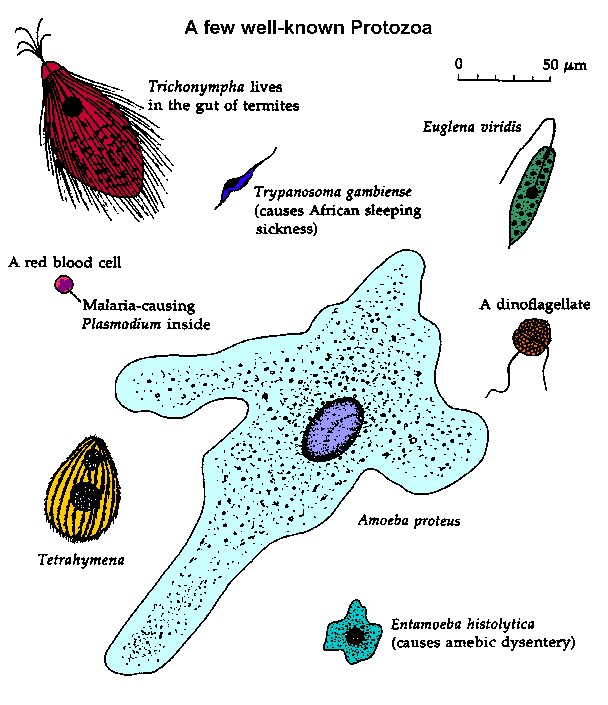Answer to Question 1
(1) Sleeper Cells: Members lead normal lives, engaging only in lawful employment and activities that call no attention to themselves. The jobs they select may facilitate future terrorist activities. Illustratively, a taxi driver will learn a great about a city's geography, can identify potential targets, and move terrorists around. A sleeper cell may receive a signal that awakens it for a specific purpose, such as providing a safe house or sabotage. Iran has been inserting sleeper cells in Latin America with the goal of committing, fermenting, and fostering acts of international terrorism. (2) Command and Control Cells: C2 cells make all of the final decisions about the execution of an attack and other matters pertaining to the activities of a cell; (3) Tactical Operations Cells: TAC- OPS cells actually execute attacks under the guidance of C2; (4) Intel Cells: These cells collect data, make recommendations, may select targets, provide information about the best route to approach the target (ingress), and, if not a suicide attack, the best route to follow to when leaving (egressing) the area of the attack; (5) Logistics Cells: LCs provide supplies and other support to other cells, especially TAC-OPS, including bomb making materials and the names and locations of sympathetic doctors to use if there is a medical emergency; and (6) Fund-Raising Cells: FRCs almost exclusively commit illegal acts to raise funds for the terrorist movement or to be used in support of a particular attack. Illustrations include kidnapping for ransom, arms and drug trafficking, operating bogus charities, extortion, and credit card fraud.
Answer to Question 2
The lone wolf's attack seemingly comes out of nowhere, with no warning. A lone wolf is one person acting alone and he or she can be every bit as dangerous or lethal as any major terrorist organization. Simon notes there are no constraints on their level of violence because lone wolves are not beholden to a financial or other type of supporter who might mediate their degree of lethality. Lone wolves have no group decision-making process, peer pressure, or supervisor to stifle their inclinations. A lone wolf may have a personal grudge or may have some affinity for a domestic or foreign ideology. However, the lone wolf is not controlled by nor receives material assistance from domestic or foreign terrorist movements, although their websites may be visited. A citizen of the United States or a legal resident living here, the lone wolf is known as a homegrown terrorist. An American lone wolf is self-radicalized and ordinarily shows little stomach for suicide attacks. A discrete lone wolf is hard to detect because he or she identifies the target; plans the attack; assembles the materials needed; doesn't have to communicate, coordinate, or get the approval of anyone; and executes the attack. Thus, the lone wolf is self-contained, Lone wolf attacks are more prevalent in the United States than elsewhere. Lone wolves are considered a very significant problem in the United States.







